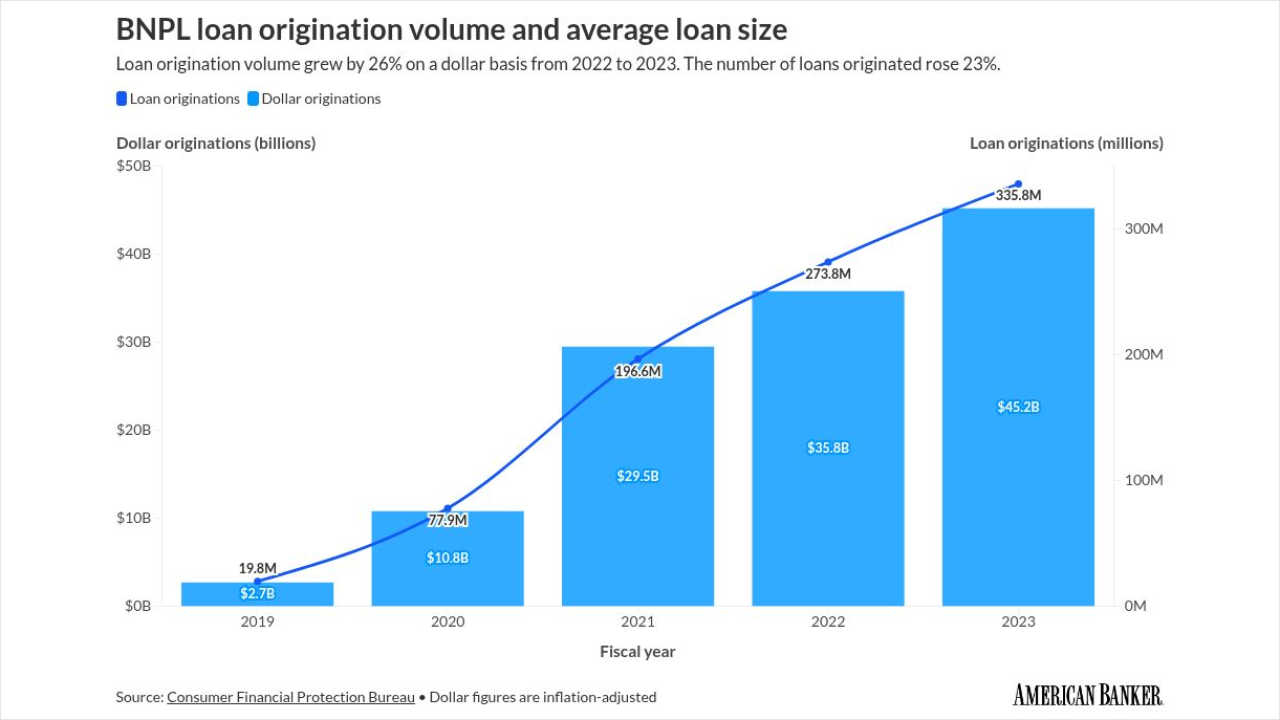(Bloomberg) -- Catastrophe-bond issuance rose to a record this year, increasing the overall market to almost $50 billion, as insurers transferred more risk from costly climate disasters to private investors.
Sales of bonds earmarked for supplemental coverage of large windstorms, earthquakes and other events totaled $17.7 billion, up 7% from the previous record set a year ago, according to Artemis, which tracks the market for insurance-linked securities. The figures include cyber-risk and private transactions.
"The cat-bond market had another year of strong growth," said Tanja Wrosch, head of cat-bond portfolio management at Zurich-based Twelve Capital AG. "Larger, more diverse and deeper markets are key to the success and sustainability of cat-bond solutions and investment strategies."
Cat bonds reward buyers for taking on insurance-market risk linked to natural calamities. If a predefined event occurs, bondholders can suffer hefty losses. If it doesn't, they can earn double-digit returns.
Insurers and other issuers have become more eager to issue cat bonds, partly because of higher inflation, which has made it more expensive to rebuild properties destroyed in storms and other catastrophies. At the same time, insured losses have been rising as climate change stokes more extreme weather events.
This month, Allstate Corp. finalized the second-largest cat-bond deal in its history, obtaining $650 million of reinsurance protection against storms, wildfires and other natural perils. The deal was about 86% larger than the initial target, according to Artemis.
Cat bonds continue to pay out more than many fixed-income assets. This year, investors are on track to earn returns of 16%, compared with a record 20% in 2023.
The yield on a catastrophe bond consists of a risk spread, plus the existing money-market fund rate. Investors have benefited from both attractive risk spreads and higher money-market yields of 4.5% to 5%, up from 0.25% or less during the pandemic.
There were sharp swings in the risk spread during 2024, partly because of sudden changes in the availability or scarcity of capital. It's a market dynamic that's growing in importance relative to underlying risk fundamentals, Wrosch said.
Twelve Capital expects the risk spread to be in the 5%-to-7% range next year. It was as high as 8.4% in 2024, according to data from Artemis.
Wrosch said cat-bond investors "can expect high single-digit to low double-digit gross returns" in 2025. Analysts at Plenum Investments AG, another Zurich-based cat-bond investor, are forecasting similar gains.
Cat bonds are designed to be shock absorbers for so-called tail events, which are rare but highly damaging weather-related disasters. Now, insurers increasingly want to use the securities to backstop rising losses from lesser but more-frequent hazards such as wildfires and thunderstorms. These events may have a modest impact individually, but they can cause large insured losses in aggregate.
While the scientific models underpinning so-called secondary perils have improved, they aren't nearly as reliable as earthquake or hurricane models. That makes it harder to calculate risks. It remains to be seen whether cat-bond investors will be willing to bet on bonds that include aggregate losses, rather than bonds for single-occurrence events such as a Florida hurricane.
"We still see investors showing a stronger preference for occurrence structures," Wrosch said. "This is certainly true for us."
More stories like this are available on bloomberg.com






